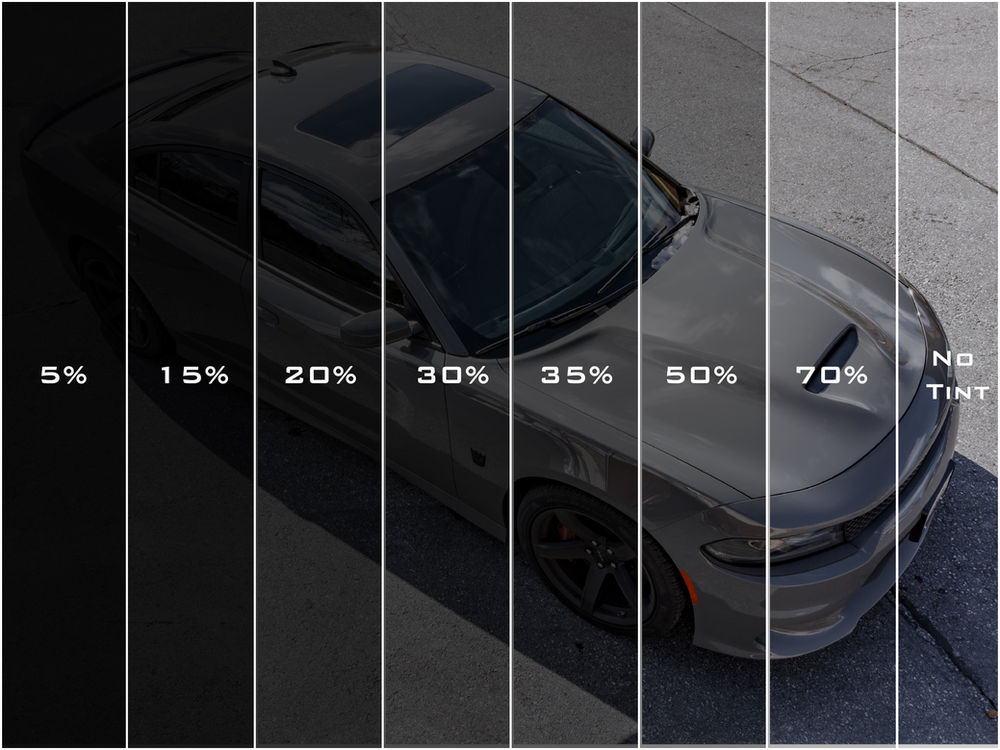One of the best ways to personalize your car is by adding tints to your car’s windows. Tinting is a great way to change up the look of your car, whether it’s new or used. Tinted windows not only look more clean and sleek, but they can also have many benefits that can affect you and your car’s wellbeing.
Window tinting can help add more privacy to your car, making you feel safer and more secure both on the road and off. Additionally, window tinting has a lot of potential health benefits, especially if you spend a lot of time in your car. Tinting your windows can help to reduce the temperature within your vehicle, which makes it a lot more bearable to spend time in your car for extended periods of time.
Tints can also make being in your car less dangerous overall. A window tint can help provide protection against UV rays that can cause skin damage and other harmful conditions. Tinting your windows can also help maintain proper vision by preventing the glare that comes from sunlight, which can possibly block your view of the road if a windshield or window is left untinted.
However, tinting your windows comes with some legal restrictions, because you need to allow enough light into your vehicle in order to properly see the road. The amount of light that can pass through your window tint is called visible light transmission (VLT). If the percentage of window tint is higher, it means more light passes through the tint; if the percentage is lower, it means the interior of your car is darker.
The legal percentage of window tint that is allowed for your car is dependent on the state that you get your windows tinted in. This limit is also different for different kinds of vehicles; the limits differ between sedans or SUVs and vans.


